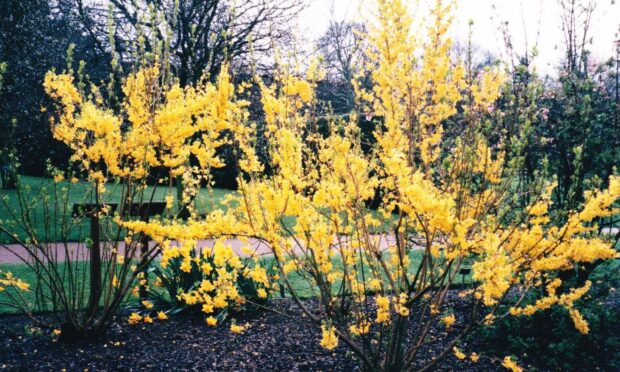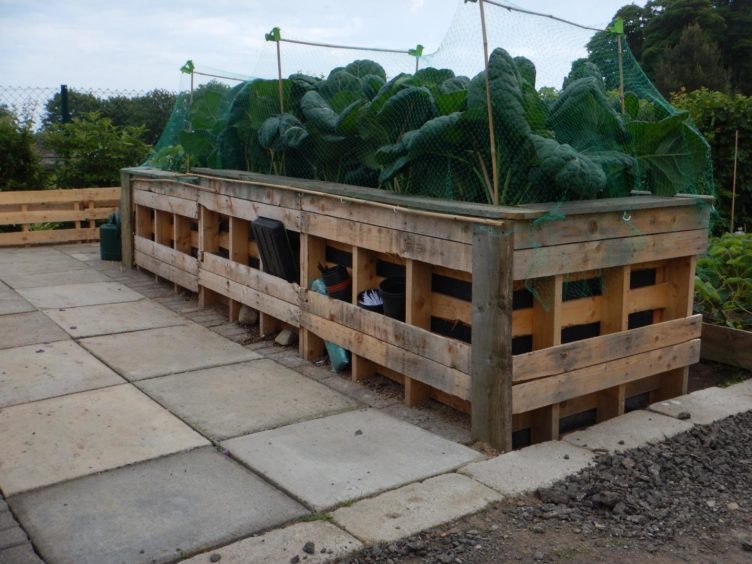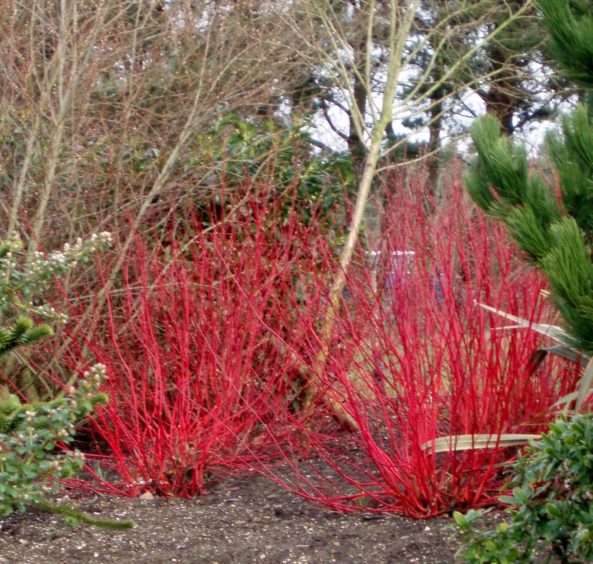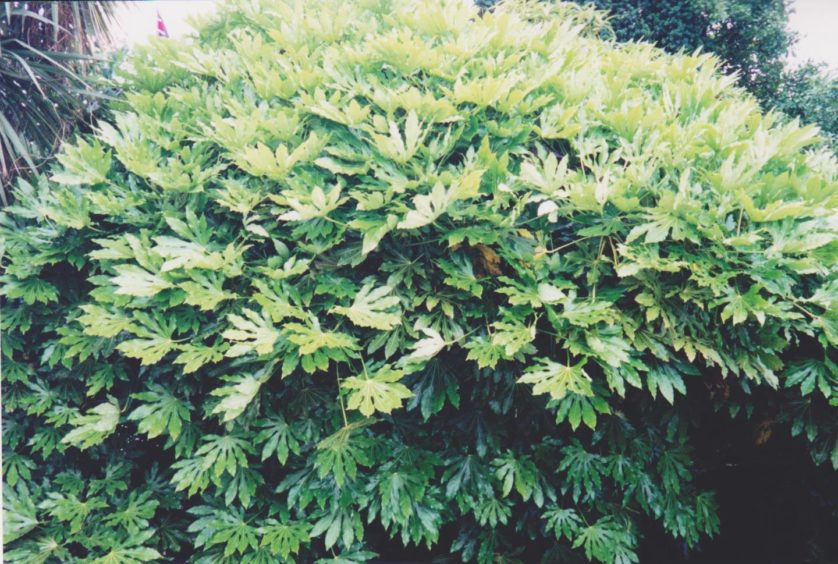My three raised beds are pretty full now and in the main, the crops are doing not too badly, though I had poor germination of my early carrots. I have come to the conclusion that the germination was sparse because of drought.
Seems odd maybe, but I realised rather too late that after sowing, I had covered them with the wrong material.
The problem arises on one or other of these beds every year because of the local cat population. To prevent them parading all over the rather inviting surface as they go about their “daily business”, after sowing or planting, I cover the area with fabric drawn over hoops, and this time I had used a waterproof material. Stupid boy!
The raised beds were made 10 years ago from the modern equivalent of railway sleepers and they have served us well. In that time I have only had to replace one. At the outset, I reasoned that three high would give a good planting depth for all crops, in other words 18 inches deep. (Built before I became inured to the use of metric, I should now be saying 45cm deep!)
Now, I’m not so sure about that depth in relation to “working height”. I am 10 years older too and I get an affa sair back when bending over them to sow, plant or thin out seedlings.
That old saying “it’s easy to be wise after the event” applies, so if any of you are thinking about creating raised beds, that is just one more element to bear in mind.
I have mentioned the use of raised beds in the past, quoting the use of redundant wooden pallets as a building material. Now I realise that the height achieved with pallets must be spot on.
What about width? Now that’s another wee problem. My raised bed inside measurement across is 1 metre. In essence, coupled with the height, I can’t stretch all the way across from one side. I’ll say no more on the subject, simply passing on my experience, but make no mistake, despite these issues, raised beds are excellent.
Shrub pruning
Over the years, one of the popular features in the Beechgrove Garden schedule was the Problem Corner. We received a heap of requests every year on how to solve this or that gardening problem.
I recall one occasion when we were invited to renovate a neglected shrub border. Watching a recent programme of the new-look Beechgrove, it would seem that the same problems continue to beset gardeners. The shrub problem is a classic and it remains so because rather than “have a go”, gardeners do nothing despite the fact that there are books galore (and magazine articles) on pruning.
The secret of success is based on knowing how a plant functions. If you are standing looking at a shrub covered with flowers, have a look at where the flowers come from – are they on the tips of soft new shoots or directly attached to one that is firm and woody?
Is the plant grown just for its colour of foliage, where the flowers are quite insignificant? Is it evergreen or deciduous, fast growing or slow and lastly, if flowering is paramount, when does it flower? Let me try to summarise the way to proceed, starting with one of the all-time garden favourites – roses.
Hyrbid Tea, Floribunda and miniature roses are pruned, almost to the ground, in late winter and the resultant shoots produce their flowers in the second half of the summer. There are a few other plants that can have similar if not identical treatment, for example hardy Fuchsias, Hypericums, the Red-stemmed Dogwood Lavender, late flowering Clematis.
The next group are those which flower in the early part of the growing season on shoots that grew the previous year, for example Cytisus, early Clematis like C. montana, Forsythia, Philadelphus, Deutzia, Weigela, Kolkwitzia and some Ericas. They are pruned in the summer, as soon as flowering has finished.
In the north here, we need to get off our marks and get this pruning done right now if we haven’t already done it. Pruning acts as a growth stimulant and the shoots that will be produced from now will go on to flower next spring.
If you leave the pruning of this group till now, the flowering potential next spring will be diminished, Just pray for a good growing season.
This group do not have a short back and sides job like the bush roses. The conventional wisdom would be that you cut out a proportion of the shoots that have just carried the flowers by following each branch down into the heart of the bush until you spot a vigorous young side shoot – cut just above it.
This is really a shoot-thinning exercise and as such it is very effective in keeping the bush in good nick, preventing it from growing too tall and rank and retaining its overall shape as part of the border.
Moving on to the last group, some plants do not require annual pruning, indeed they may only need a little regulatory pruning once in a while to remove a branch that is spoiling the shape or blocking the view from a window. Sometimes they may need a little bit of curtailing because they are taking up too much space.
In the main, I have in mind slow-growing evergreen types like Holly, Fatsia, Camellia, Rhododendron, Laurel, Magnolia and Hamamelis. Prune about April or just as flowering finishes and leaf growth is starting by simply removing offending branches back to a developing young shoot. There may be a bit of a hole for a while where it once was but the plant will soon readjust to fill the space. As a general rule, it is better to avoid this kind of pruning in the dead of winter.



